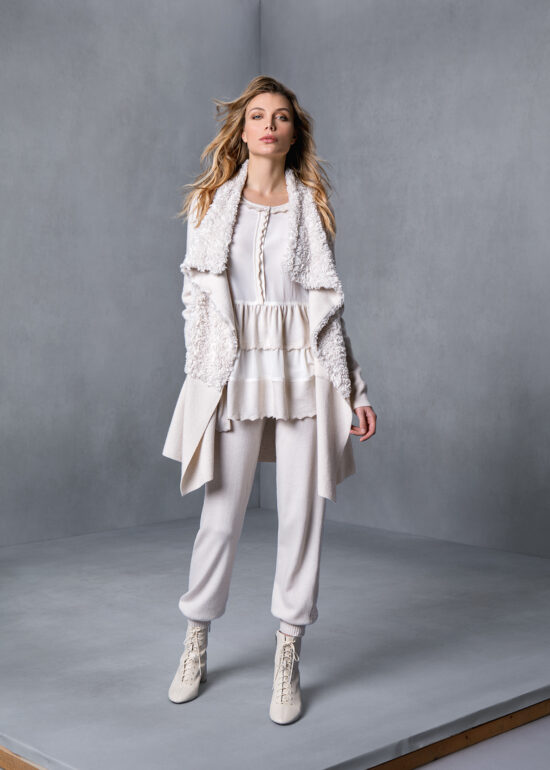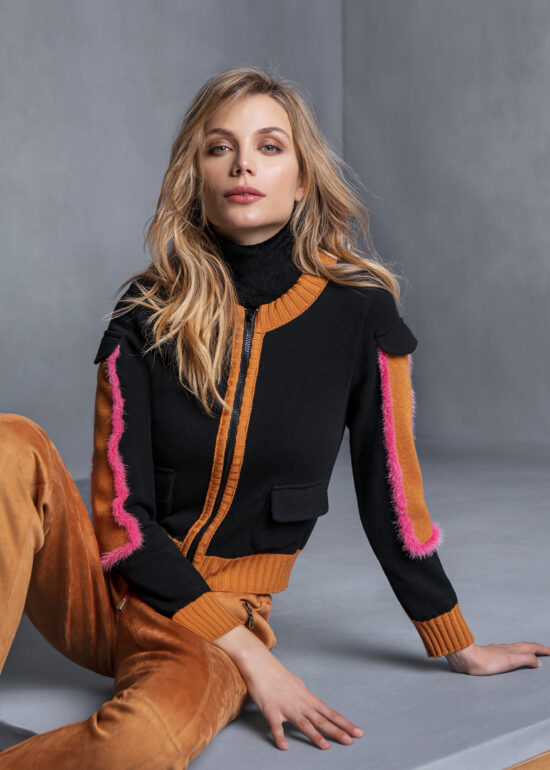Catalog vs Creative Photography: Understanding the Distinctive Worlds
Catalog vs Creative Photography: Understanding the Distinctive Worlds
Photography, in its vast and varied forms, serves different purposes and audiences. Two prominent styles in the professional realm are catalog photography and creative photography. While they may seem similar at a glance, each has its unique characteristics, objectives, and techniques. Let’s delve into what sets these two apart, and how they each play a pivotal role in the world of photography.
Catalog Photography: The Art of Clarity and Consistency
Catalog photography, often seen in e-commerce, brochures, and product listings, focuses on presenting products in a clear, straightforward manner. It’s about accuracy and consistency, ensuring that the product is the star of the show.
- Objective: The primary goal is to accurately represent the product. Catalog photos are designed to show the item as it is, highlighting details like color, texture, and size.
- Lighting and Background: This style typically involves even, diffused lighting to minimize shadows and showcase the product without any misleading effects. Backgrounds are usually neutral and unobtrusive, often white or light-colored, to avoid distraction.
- Styling: Minimal styling is involved. The product is often displayed alone, or with simple props that don’t overshadow the main subject.
- Post-Processing: Editing is usually limited to correcting color, ensuring proper exposure, and perhaps cleaning up minor imperfections. The integrity of the product’s appearance is paramount.
Creative Photography: The Realm of Expression and Storytelling
Creative photography, on the other hand, is all about the photographer’s vision and storytelling. This style is prevalent in advertising, fine art, and editorial work.
- Objective: The aim here is to evoke emotions, convey a message, or tell a story. It’s less about the product or subject itself and more about the idea or theme it represents.
- Lighting and Background: Lighting can be dramatic, unconventional, or moody, depending on the desired effect. Backgrounds and settings are chosen to complement the theme or narrative of the photograph.
- Styling: Styling plays a significant role. It involves carefully chosen props, wardrobe, and makeup that align with the conceptual vision of the shoot.
- Post-Processing: Creative photography often involves more extensive editing to enhance the mood, adjust the atmosphere, and bring the photographer’s vision to life.
While catalog and creative photography might seem worlds apart, they are both essential in their respective fields. Catalog photography is about precision and reliability, crucial for consumer trust in e-commerce and product marketing. Creative photography, meanwhile, pushes boundaries, evokes emotions, and creates art that resonates on a deeper level.
Understanding the differences between these two styles is key for any photographer, as it helps in tailoring your approach, technique, and creative process to suit the project’s needs. Whether capturing the stark reality of a product or weaving a narrative through artistic imagery, photographers have the unique ability to adapt and excel in both these diverse and fascinating realms of photography.




